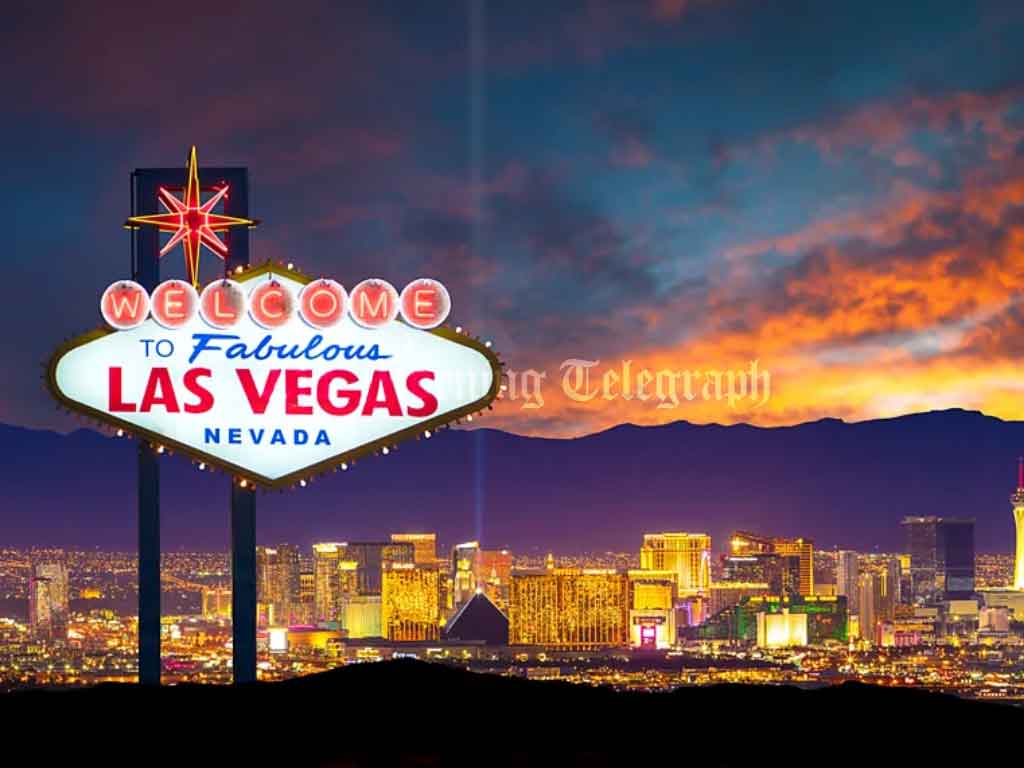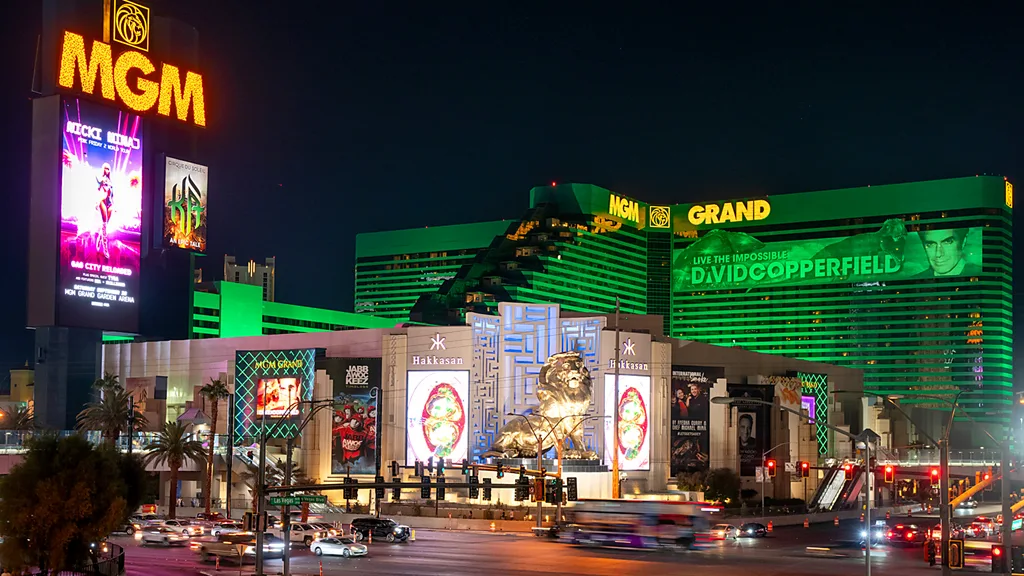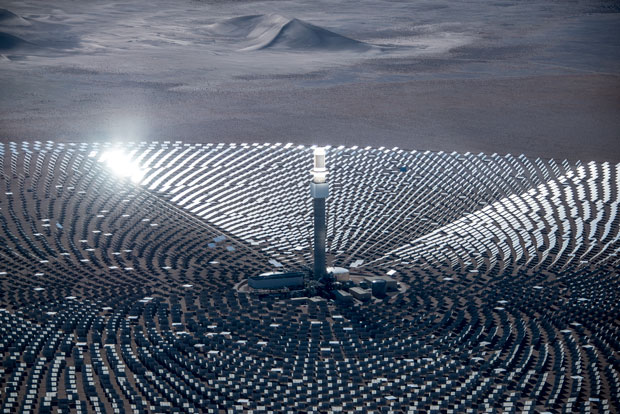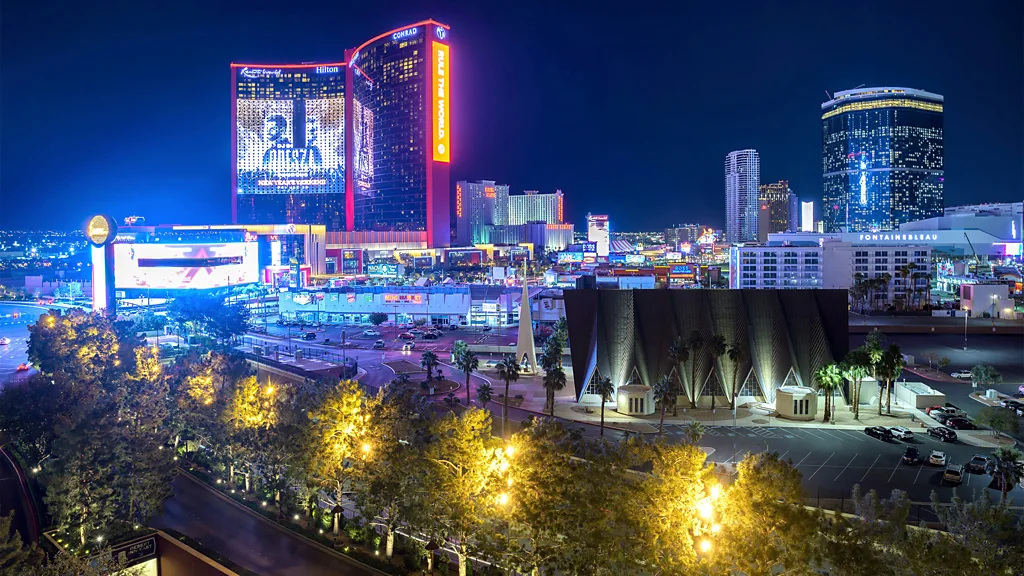
Las Vegas, historically known for its excess, bright lights, and hedonistic allure, is now making strides toward sustainability, with significant investments in solar energy, water conservation, and waste management. The city, once synonymous with waste, is now pioneering eco-friendly practices to combat the environmental challenges faced by the arid Mojave Desert region.
A Sustainability Revolution
The city’s green transformation began earnestly in 2005 and accelerated with the federal Recovery Act in 2009, which set ambitious targets for renewable energy, water conservation, and green building standards. Marco Velotta, Las Vegas’ sustainability officer, credits these initiatives for catalyzing a wave of environmentally conscious investments. “With the Recovery Act and City Council’s support, we invested $75 million in sustainability projects,” says Velotta.
Despite a dramatic population growth, the city has managed to reduce water consumption significantly, thanks to water-saving measures in place since 2007. By 2030, Nevada aims to generate 50% of its electricity from renewable resources. The Las Vegas Strip, in particular, has adopted green practices and improved energy efficiency, exceeding the state’s requirement to derive 40% of energy from renewable sources.

Solar Power: Las Vegas’ Bright Future
Las Vegas is now the second-largest U.S. city in terms of solar capacity per capita, following Honolulu. Known for its abundance of sunshine, the city has earned the moniker “Solar City” due to its extensive use of solar power. Many resorts on the Strip have embraced solar energy, including MGM Resorts International, which developed a 100-megawatt solar array. This array powers 11 of MGM’s properties, providing enough energy to power 27,000 homes.

However, MGM’s solar array, along with additional energy sourced from a solar provider, still isn’t enough to meet the energy needs of all 11 properties around the clock. The company has set a goal to run entirely on renewable energy by 2030. In addition to solar power, MGM has implemented aggressive water conservation measures, saving 16 billion gallons of water since 2007. These include replacing grass with drought-tolerant landscaping and installing water-efficient fixtures across their properties.

Water Conservation in the Desert
Water conservation is critical for a city located in the water-scarce Mojave Desert. Resorts like MGM have been working to reduce their water use by rethinking landscaping, utilizing water-efficient plumbing, and recycling water at their attractions, such as the Bellagio Fountain.
/https://tf-cmsv2-smithsonianmag-media.s3.amazonaws.com/filer_public/f7/92/f792c56c-f629-4b34-9c22-e066844d9ccb/aprmay2024_f02_lasvegaswater.jpg)
The city has made impressive strides, but experts, including Steffen Lehmann, a professor of architecture at the University of Las Vegas, Nevada, caution that Las Vegas’ water consumption remains high compared to other cities. “The city started from a relatively low baseline of sustainability,” says Lehmann, noting that excess waste was common prior to 2007, when conservation measures began to take effect.
In 2023, Resorts World Las Vegas became the first resort on the Strip to be powered entirely by renewable energy, drawing power from solar, geothermal, and wind energy sources supplied by NV Energy. The resort has also made strides in energy efficiency, investing over $1 billion in upgrades during construction.
A Work in Progress
While the transformation is impressive, there are still significant challenges ahead. Las Vegas remains an energy-intensive city, with transportation (especially car and truck emissions) and excessive air conditioning being the primary sources of greenhouse gas emissions. As a relatively young desert city—founded in 1905—Las Vegas has a long way to go in building a truly sustainable future.
To address these issues, more resorts are developing their own solar power systems, with battery backup systems to store energy for nighttime use. Additionally, Las Vegas has become a leader in water recycling, with more than 97% of its water being recycled, which is crucial given the rapidly depleting Colorado River that the city depends on for freshwater.
Recognition and Future Goals
Despite these challenges, the city’s sustainability efforts are being recognized on the global stage. “Las Vegas was once known as a city of excess,” says Velotta. “Today, we are seen as a global leader in sustainability and environmental commitment.”
The city’s focus on solar energy, water conservation, and overall sustainability is a testament to the success of its green transformation. From a city of excess to a model for sustainability in the desert, Las Vegas is now leading the charge in demonstrating that even the most energy-hungry cities can make significant strides toward environmental responsibility.




